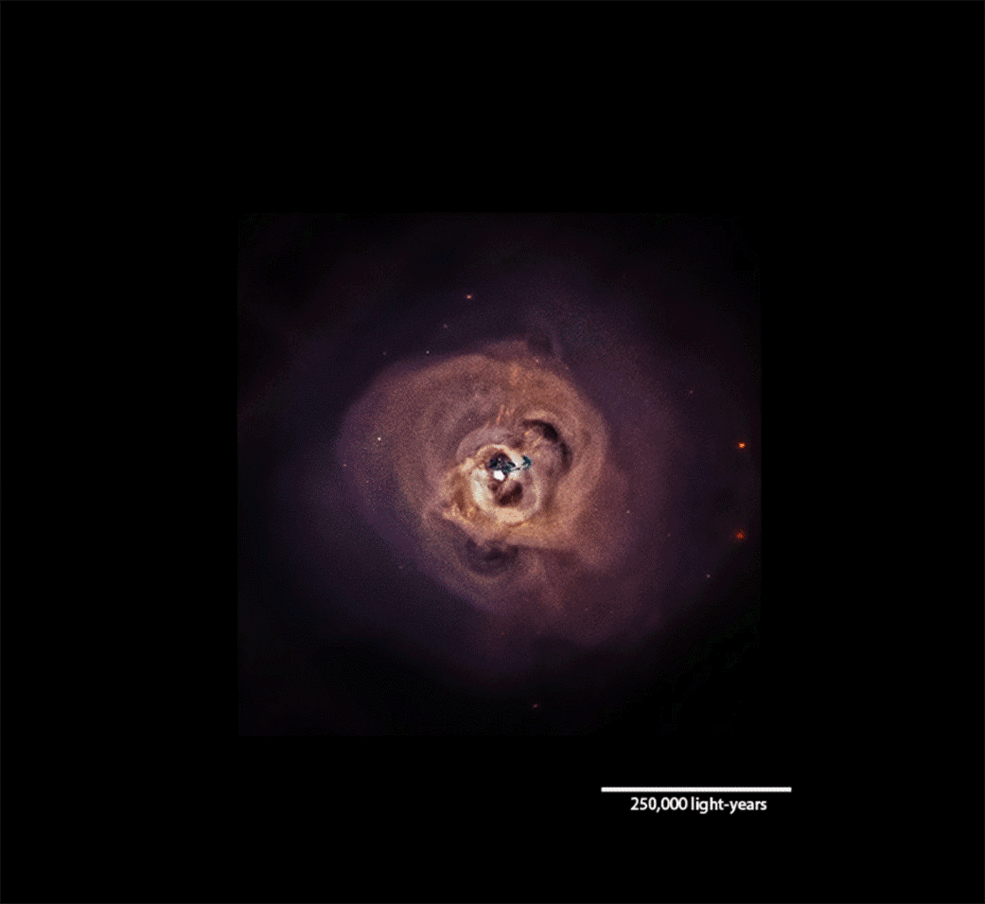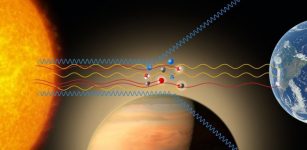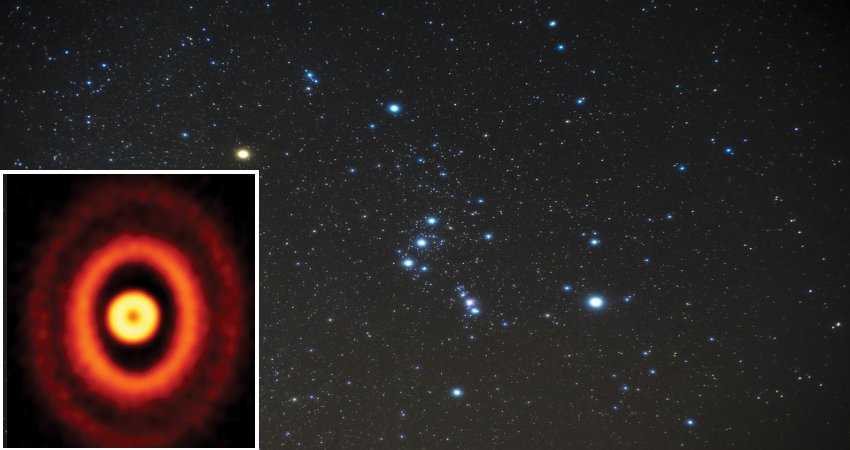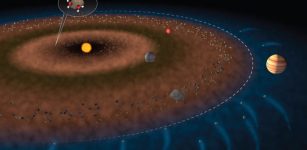Giant X-Ray Tsunami Wave Twice The Size Of Our Galaxy Discovered In The Perseus Galaxy Cluster
MessageToEagle.com – The Perseus Galaxy Cluster is one of the largest objects in the known universe. Located about 240 million light-years away, Perseus galaxy cluster contains over 1,000 galaxies immersed in a vast cloud of multimillion degree gas.
Galaxy clusters are the largest gravity-bound structures in the universe and Perseus measures 11 million light-years across.
Astronomers have now discovered an enormous wave twice the size of our own Milky Way galaxy rolling through the Perseus galaxy cluster.
Dubbed an ‘X-ray tsunami’, the wave of hot gas is believed to have been formed billions of years ago, after a small galaxy cluster grazed Perseus and caused its vast supply of gas to slosh around an enormous volume of space.
According to scientists, clusters like Perseus probably experience merger events like this every few billion years.
“The wave we’ve identified is associated with the flyby of a smaller cluster, which shows that the merger activity that produced these giant structures is still ongoing,” said lead scientist Stephen Walker at NASA’s Goddard Space Flight Center in Greenbelt, Maryland.
See also:
Is There Anything In The Universe Bigger Than A Galaxy?
Will A Milky Way Supernova Be Visible From Earth In The Next 50 Years?
Boss Great Wall: Gigantic Wall Of Galaxies Located In Deep Space
One simulation seemed to explain the formation of the bay. In it, gas in a large cluster similar to Perseus has settled into two components, a “cold” central region with temperatures around 54 million degrees Fahrenheit (30 million Celsius) and a surrounding zone where the gas is three times hotter. Then a small galaxy cluster containing about a thousand times the mass of the Milky Way skirts the larger cluster, missing its center by around 650,000 light-years.
The flyby creates a gravitational disturbance that churns up the gas like cream stirred into coffee, creating an expanding spiral of cold gas. After about 2.5 billion years, when the gas has risen nearly 500,000 light-years from the center, vast waves form and roll at its periphery for hundreds of millions of years before dissipating.
These waves are giant versions of Kelvin-Helmholtz waves, which show up wherever there’s a velocity difference across the interface of two fluids, such as wind blowing over water. They can be found in the ocean, in cloud formations on Earth and other planets, in plasma near Earth, and even on the sun.
“We think the bay feature we see in Perseus is part of a Kelvin-Helmholtz wave, perhaps the largest one yet identified, that formed in much the same way as the simulation shows,” Walker said. “We have also identified similar features in two other galaxy clusters, Centaurus and Abell 1795.”
MessageToEagle.com
Expand for references










